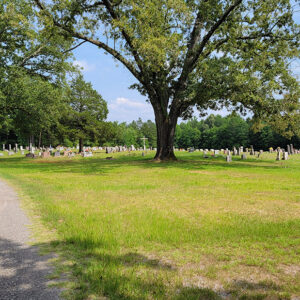 Nimrod Cemetery
Nimrod Cemetery
Entry Category: Counties, Cities, and Towns
 Nimrod Cemetery
Nimrod Cemetery
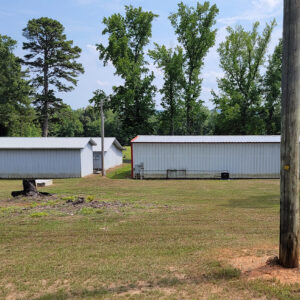 Nimrod Fire Department
Nimrod Fire Department
Nola (Scott County)
Norfork (Baxter County)
 Norfork Bridge
Norfork Bridge
 Norfork Dam Aerial View
Norfork Dam Aerial View
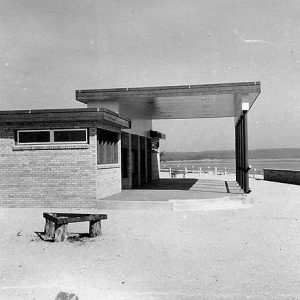 Norfork Lake Overlook
Norfork Lake Overlook
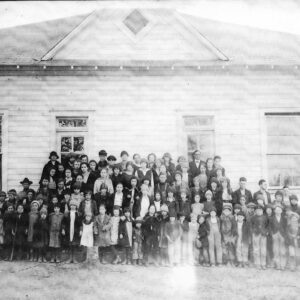 Norfork School
Norfork School
Norman (Montgomery County)
 Norman Access
Norman Access
 Norman School
Norman School
Norphlet (Union County)
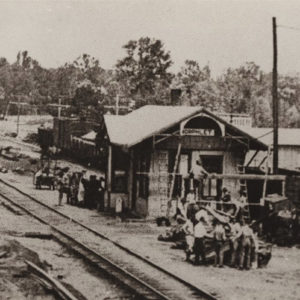 Norphlet Depot
Norphlet Depot
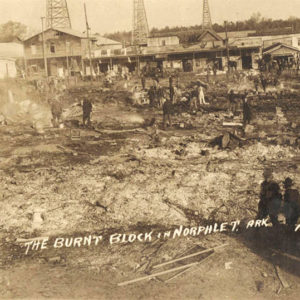 Norphlet Fire
Norphlet Fire
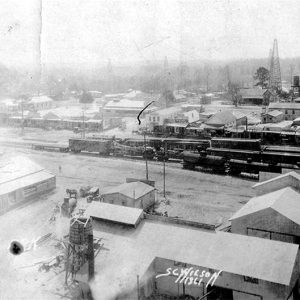 Norphlet View
Norphlet View
Norristown (Pope County)
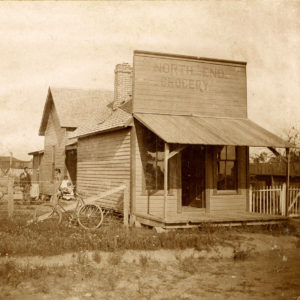 North End Grocery
North End Grocery
North Little Rock (Pulaski County)
aka: Argenta (Pulaski County)
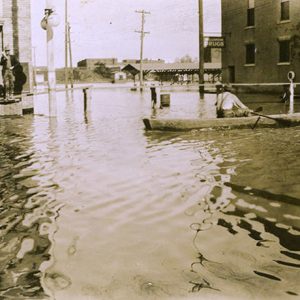 North Little Rock Flood
North Little Rock Flood
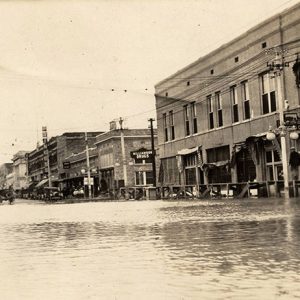 North Little Rock Flood
North Little Rock Flood
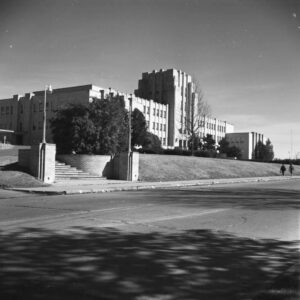 North Little Rock High School
North Little Rock High School
 North Little Rock Police Dept. and Court
North Little Rock Police Dept. and Court
 North Little Rock Post Office
North Little Rock Post Office
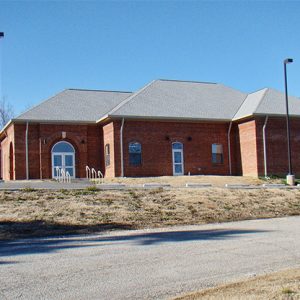 NEARA Building
NEARA Building
Norvell (Crittenden County)
 Nursery Display
Nursery Display
O’Kean (Randolph County)
O’Neal (Independence County)
Oak Bower (Hot Spring County)
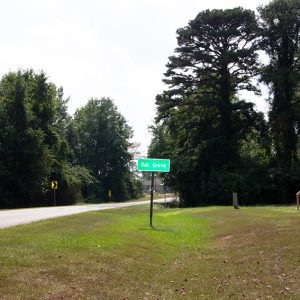 Oak Grove
Oak Grove
Oak Grove (Carroll County)
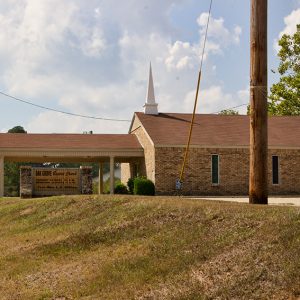 Oak Grove Baptist Church
Oak Grove Baptist Church
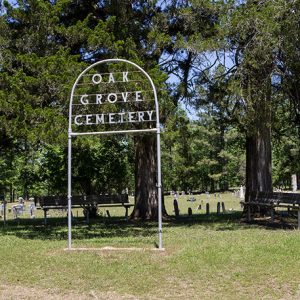 Oak Grove Cemetery
Oak Grove Cemetery
 Oak Grove Cemetery
Oak Grove Cemetery
 Oak Grove Church
Oak Grove Church
Oak Grove Heights (Greene County)
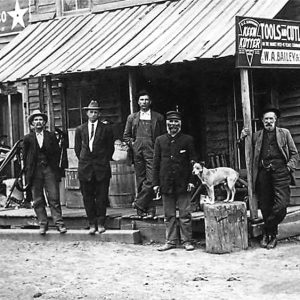 Oak Grove Store
Oak Grove Store
Oak Grove[s] (Clark County)
Oakhaven (Hempstead County)
 Oakhill Cemetery
Oakhill Cemetery
Oakland (Marion County)
 Oakland Cemetery
Oakland Cemetery
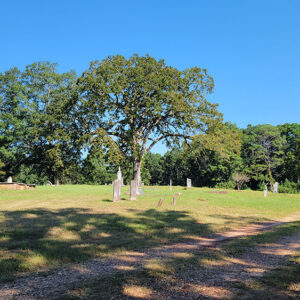 Oakland Cemetery
Oakland Cemetery
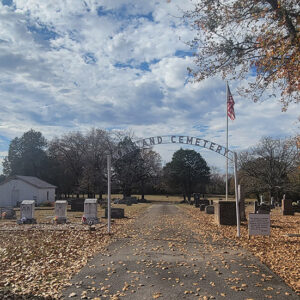 Oakland Cemetery
Oakland Cemetery
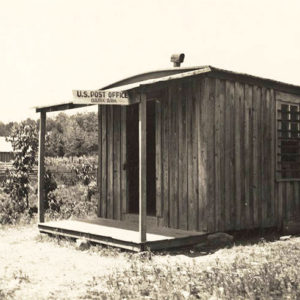 Oark Post Office
Oark Post Office
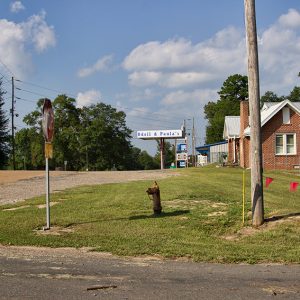 Odell & Paula's Food Center
Odell & Paula's Food Center
Oden (Montgomery County)
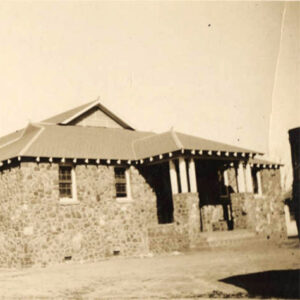 Oden School
Oden School




